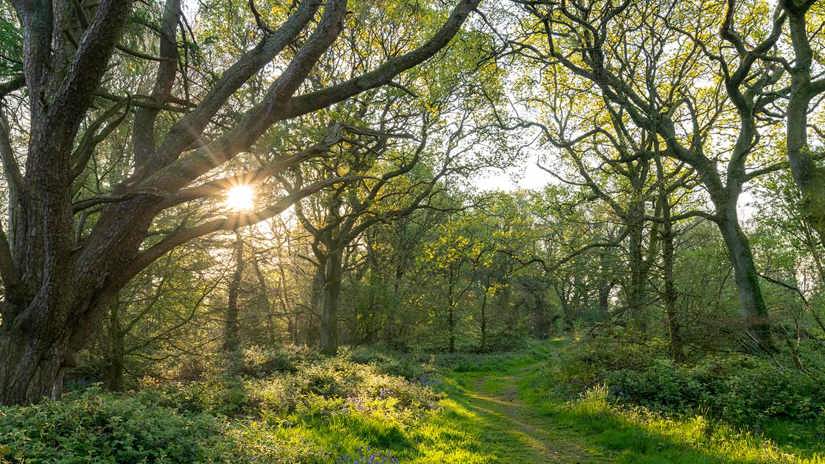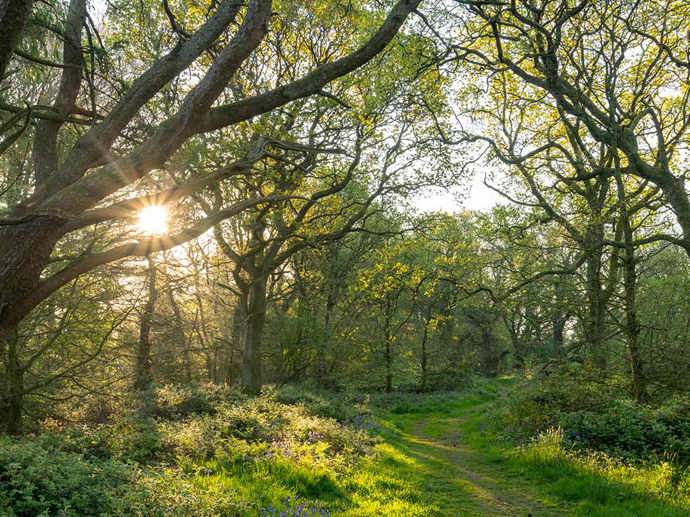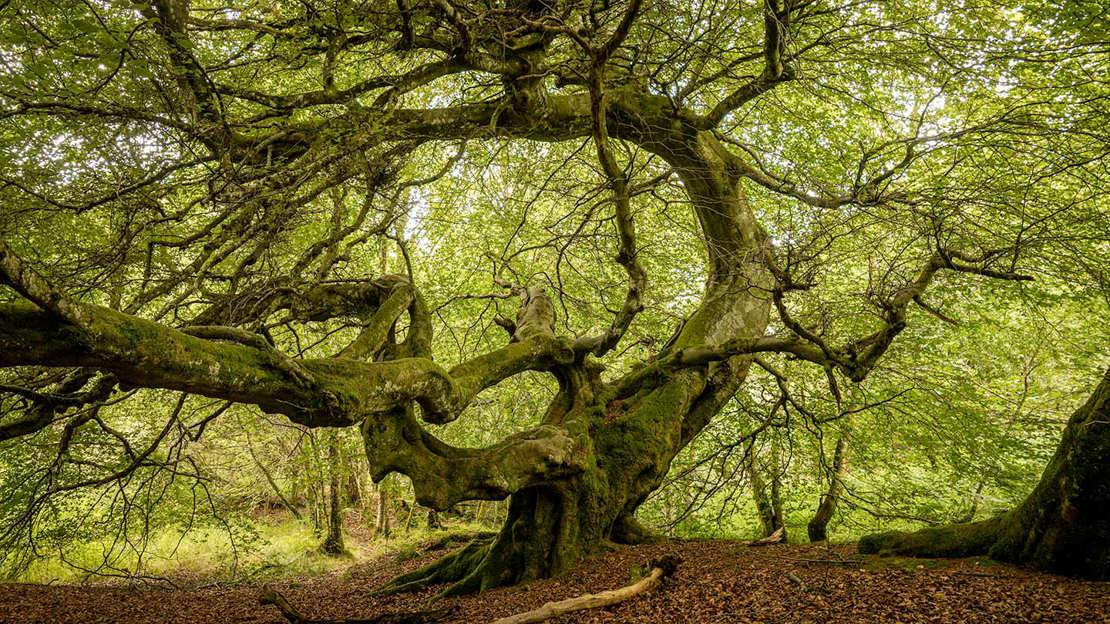

Go exploring
Primordial landscapes, tangled branches, breathtaking wildlife and miles of woodland trails. From the countryside to cities, we care for thousands of woods throughout the UK, all free to visit.

Volunteer content writer
A Site of Special Scientific Interest (SSSI) is a formal conservation designation. Usually, it describes an area that’s of particular interest to science due to the rare species of fauna or flora it contains - or even important geological or physiological features that may lie in its boundaries.
SSSIs often contain important habitats such as grasslands, parkland and woodland. Some even contain ancient woodland and ancient trees. In other words, these areas have high conservation value, and need to be protected.

Official authorities in each country determine which sites should have SSSI status:
A SSSI can be designated to give higher levels of protection than other designations. This offers more security than other designations – like Areas of Outstanding Natural Beauty (AONB) for example.
This status means owners must manage the site appropriately to conserve its special features.
The UK has thousands of these important sites.

Most SSSIs are privately-owned or managed. Others are cared for by public bodies or non-government organisations.
Many are open to the public though and well worth a visit. Here are just a few of the SSSIs in our care.
Cambridgeshire is the least wooded county in the UK. With less than 1% ancient woodland and only 2% woodland cover in total, this ancient wood is incredibly special.
Wooded since before the Middle Ages, it was designated a SSSI in 1983 as an ancient woodland of notable interest in the local area. Enjoy stunning views, plentiful birdlife, a wealth of wildflowers and fantastic bluebell displays.
Diverse ground flora have earned the whole of this 18 hectare ancient woodland SSSI status. Over 40 species of flowering plants associated with long established woodland have been recorded here.
Uncommon plants include narrow-lipped helleborine, cow-wheat, goldilocks and the yellow bird's nest. The wood has also been noted for its diversity of fungi.
This wood is included in the Shorne and Ashenbank SSSI due to its deadwood habitat, veteran trees and open ground habitat – areas more exposed to wind, rain and light. Look out for the varied wildlife including great crested newt, dormouse and Leisler’s bat.
Other interesting features to explore include a Bronze Age barrow, a medieval wood bank and the remains of World War II bunkers built by the RAF. Admire old pollards and ancient and veteran trees too, some with girths up to a huge six metres!
This beautiful wild landscape offers fantastic walks, stunning views and a wealth of wildlife. With dense woodland, moorland, marsh and rocky crags, it's a nationally important conservation site.
It’s also one of our largest sites and includes not one but three SSSIs!
This mix of ancient woodland, sheltered glens and rugged moorland lies in a spectacular setting at the foot of the Kilpatrick Hills. Its SSSI was granted for its unusual plants on ungrazed ledges.
Enjoy excellent hiking, fascinating flora, wonderful views and an abundance of wildlife. Look out for an array of birds and invertebrates, including black grouse, green hairstreak butterfly and garden tiger moth.
This community wood is part of a wider Area of Special Scientific Interest (ASSI) that lies within the Lagan Valley Regional Park. Ponds, wildflower meadows and a stream support bountiful wildlife. Burnet moths and orchids are valuable species, and the area is an important habitat for the red squirrel.
The ancient, dead and standing wood in the area also provides vital wildlife habitat. It’s the high concentration of these veteran and ancient trees in the wider landscape that earned the ASSI designation.
This site includes ancient woodland, but it’s the mine shafts and natural limestone caves that earned the SSSI designation. These features support the second largest winter roost for the nationally rare lesser horseshoe bat in North East Wales. Other wildlife includes a range of bird species and reptiles and more than 50 varieties of molluscs. Visit in spring and summer for colourful wildflower displays.
The site also has a rich archaeological heritage. Discover the Iron Age fort known as Castell Cawr or ‘Giant’s Castle’, which still shows evidence of extensive ramparts and ditches.


Primordial landscapes, tangled branches, breathtaking wildlife and miles of woodland trails. From the countryside to cities, we care for thousands of woods throughout the UK, all free to visit.
Unfortunately, even SSSI status isn't enough to keep ancient woods completely safe. Before any works can go ahead, the designating body needs to grant permission. Often this isn’t enough and planning permission is also needed.
Survey work then needs to be carried out to assess any potential damage to the SSSI during and after building works.
But some works are exempt from these planning applications, for example when the work is an emergency.
Our position at the Woodland Trust is clear. If development is proposed on a SSSI with ancient woodland or ancient trees, we will challenge it. These habitats are irreplaceable. They have developed over centuries and are important for people, wildlife and our environment. Help us to protect them.